When Brandon Covert received a call from Kevin Stefanski at 8:01 p.m. on Day 1 of the 2020 NFL Draft, he knew the message couldn't be good.
Covert, the Vice President of Information Technology for the Browns, was ready to assist with any internet issues from coaches and team personnel attempting to complete the NFL's first-ever virtual draft. His job and the work of other Browns IT staffers was in the spotlight once the COVID-19 pandemic forced the NFL to execute the draft from remote locations, which meant the internet connection from league coaches would be stretched to its limits. Any glitches could be detrimental to the second-by-second communication that makes draft weekend one of the wildest periods on the NFL calendar.
The draft started at 8 p.m. Covert ran tests all week for the household internet of Stefanski, who was completing his first draft as coach of the Browns from Minnesota, where he formerly coached the Vikings.
But a call one minute into the draft made Covert's stomach drop like a muffed punt: Stefanski's internet was out.
"It happened literally less than 60 seconds after the draft started," Covert said. "The timing could not be worse. I didn't know what happened."
As Covert rushed to find a solution, Stefanski's internet connection magically reconnected 10 seconds later, which was an eternity for Covert.
How did it fix itself? Who knows. Maybe it was simply by luck, or maybe it was because the IT team had spent the last two months preparing for a draft — and offseason — that would be unlike anything the NFL has ever done.
Stefanski's brief internet lapse was the only snafu the Browns experienced in a draft that, contrary to the expectations of many fans and pundits before the weekend, went off without a hitch. When the NFL announced in April that the draft would be completed virtually, it seemed almost inevitable that some team would experience an issue that could've made the selection process come to a screeching halt.
What if a general manager's internet went out? What if a hacker retrieved information from a team's database? What would happen if a team couldn't submit a pick to the commissioner's office — err, commissioner's basement — and lose their spot in the draft?
Those were all thoughts that swirled in the mind of Covert, who's been employed by the Browns for 15 years and helped the IT staff ensure none of those problems would arise.
"It was definitely a group effort," Covert said. "We always expect failures. That's part of working in technology, and we have backup plans for everything. A lot of times, we had a backup plan to the backup plan. Luckily, we didn't have to use any of those."
"Browns Live: Meet the Rookies" presented by MANCAN will take your knowledge to another level. Hosted by Nathan Zegura, the interactive live show will feature interviews with all seven members of the class, in-depth analysis and plenty of opportunities for fans to have their questions answered by the players themselves. Check out photos of the guests!

Offensive tackle Jedrick Wills Jr. (71)
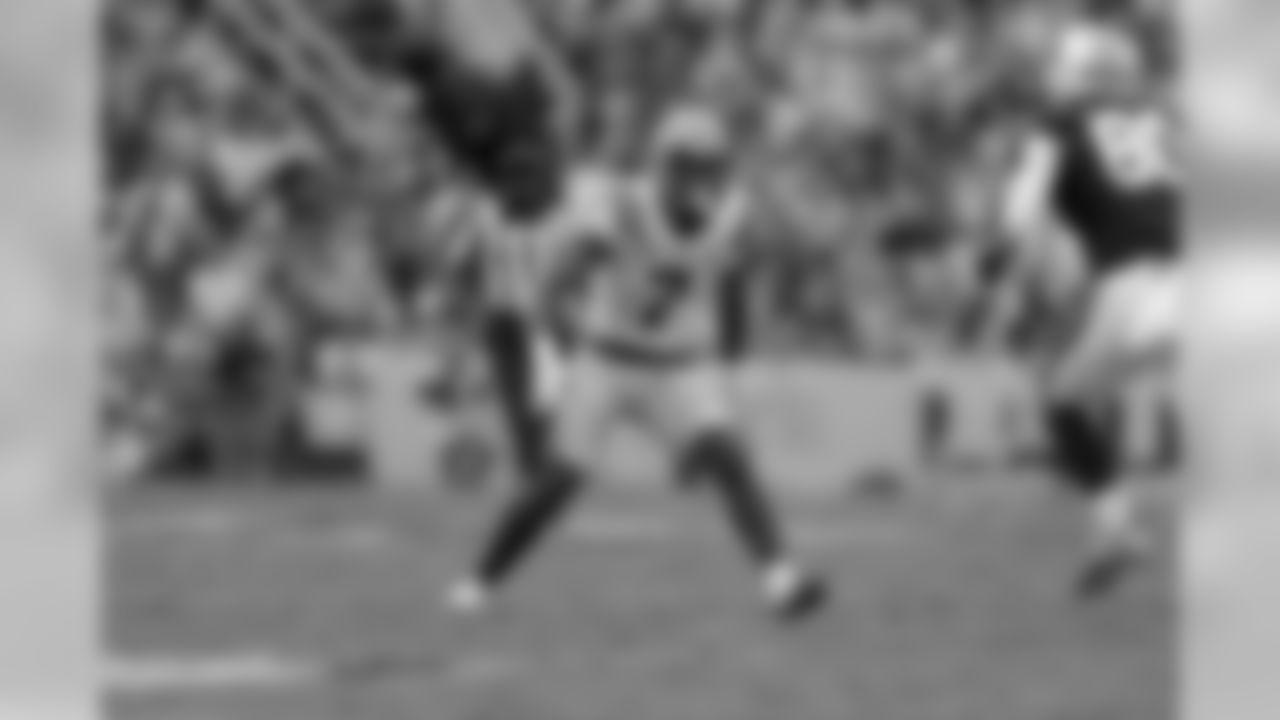
Safety Grant Delpit (22)
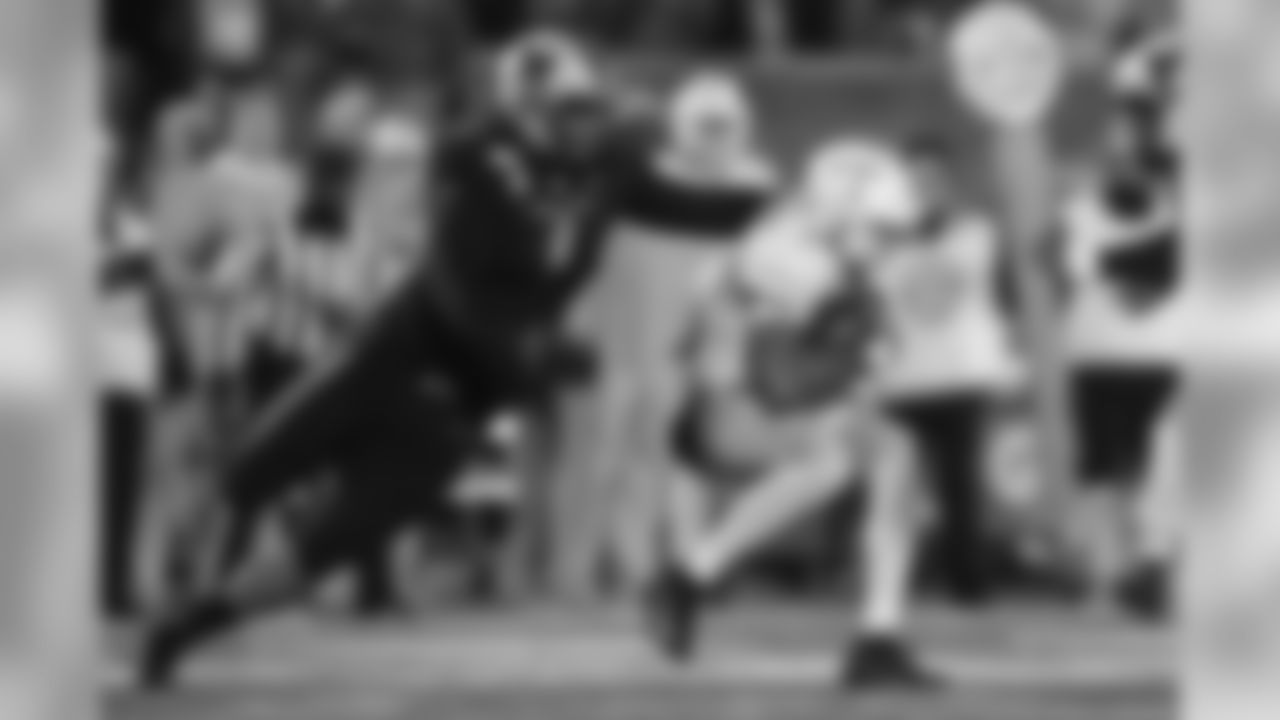
Defensive tackle Jordan Elliott (61)

Linebacker Jacob Phillips (50)

Tight end Harrison Bryant (88)

Center Nick Harris (53)

Wide receiver Donovan Peoples-Jones (11)

Punter Jamie Gillan (7)

Offensive tackle Jedrick Wills Jr. (71)

Safety Grant Delpit (22)
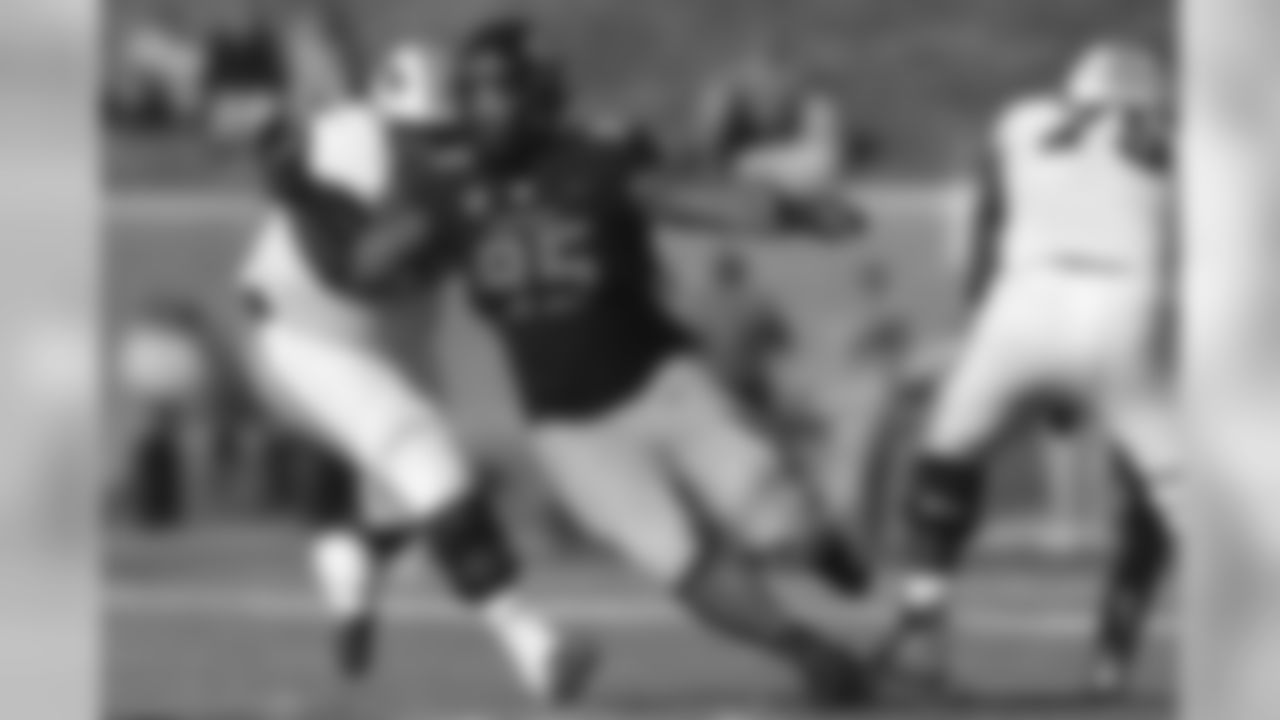
Defensive tackle Jordan Elliott (61)
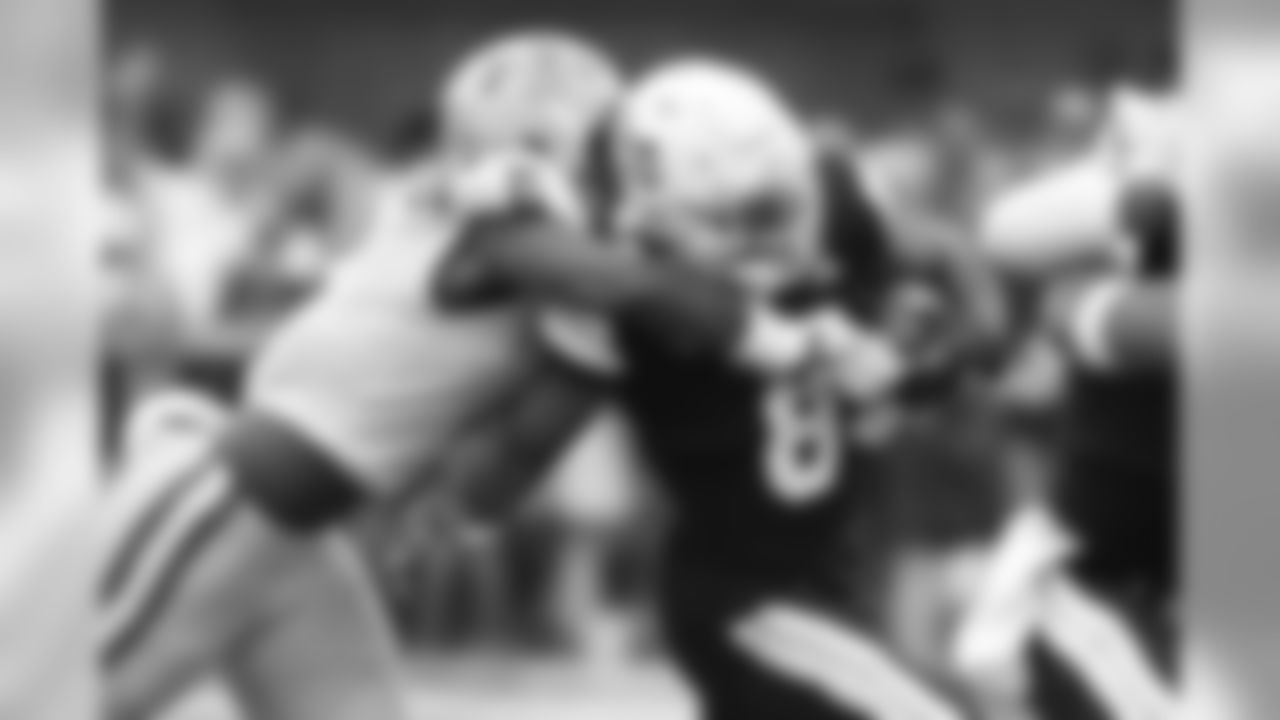
Linebacker Jacob Phillips (50)
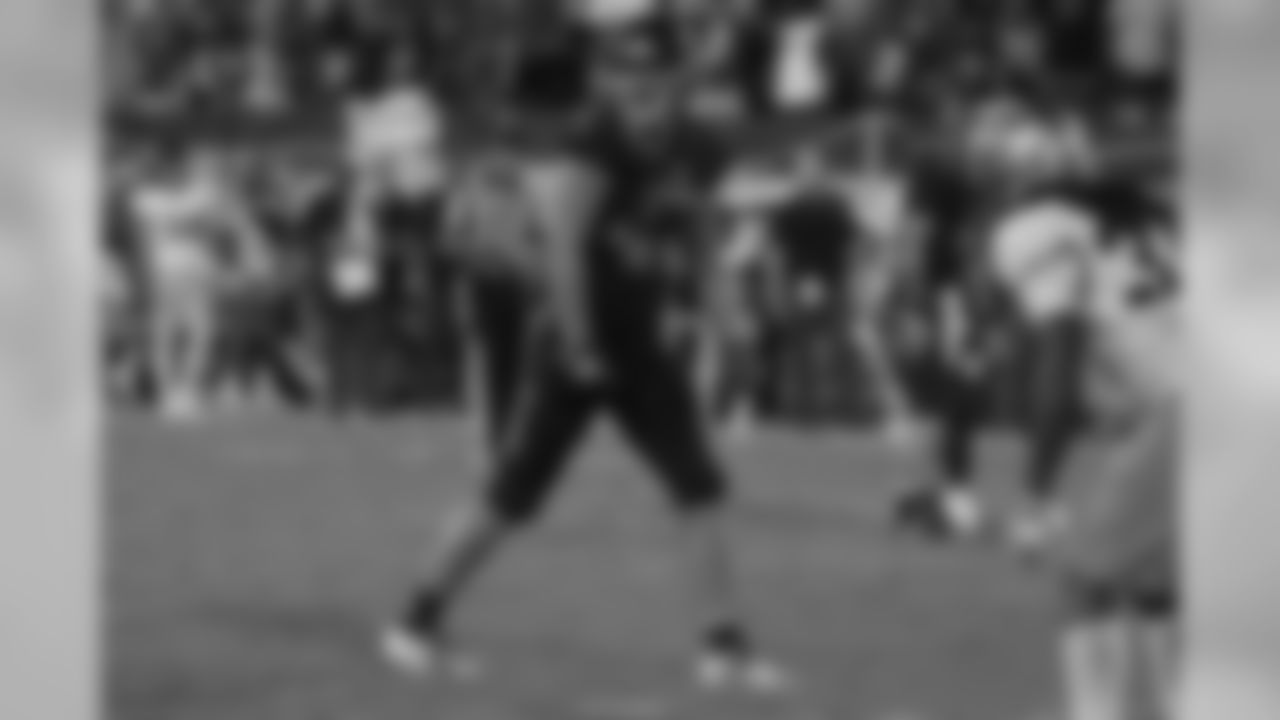
Tight end Harrison Bryant (88)

Center Nick Harris (53)

Wide receiver Donovan Peoples-Jones (11)
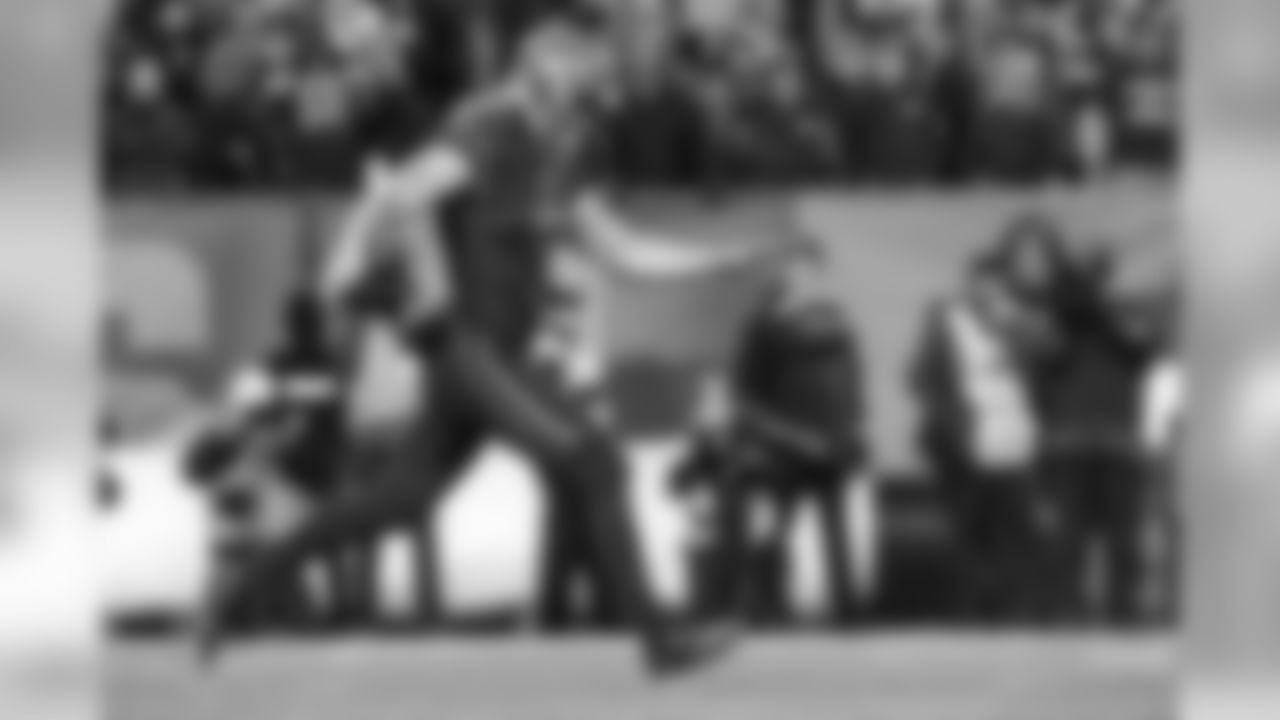
Punter Jamie Gillan (7)

Offensive tackle Jedrick Wills Jr. (71)

Safety Grant Delpit (22)

Defensive tackle Jordan Elliott (61)

Linebacker Jacob Phillips (50)

Tight end Harrison Bryant (88)

Center Nick Harris (53)
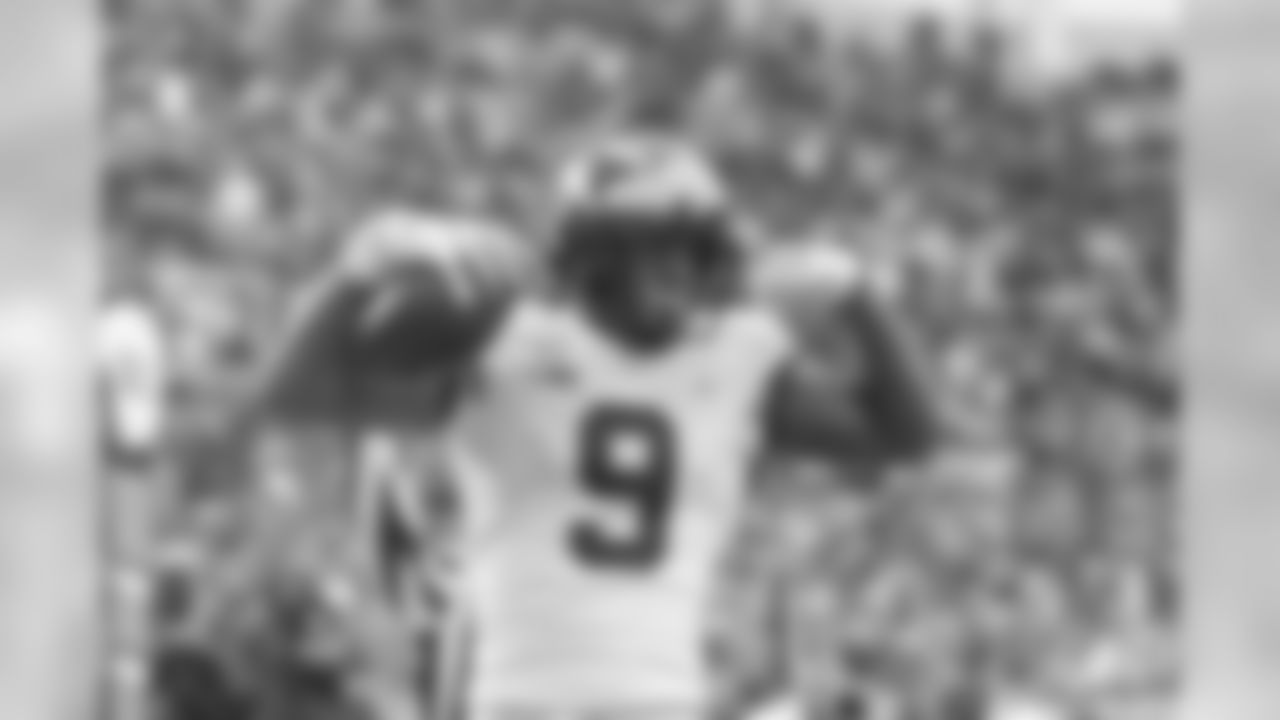
Wide receiver Donovan Peoples-Jones (11)

Punter Jamie Gillan (7)

Offensive tackle Jedrick Wills Jr. (71)

Safety Grant Delpit (22)

Defensive tackle Jordan Elliott (61)

Linebacker Jacob Phillips (50)

Tight end Harrison Bryant (88)

Center Nick Harris (53)

Wide receiver Donovan Peoples-Jones (11)

Punter Jamie Gillan (7)

Offensive tackle Jedrick Wills Jr. (71)

Safety Grant Delpit (22)

Defensive tackle Jordan Elliott (61)

Linebacker Jacob Phillips (50)
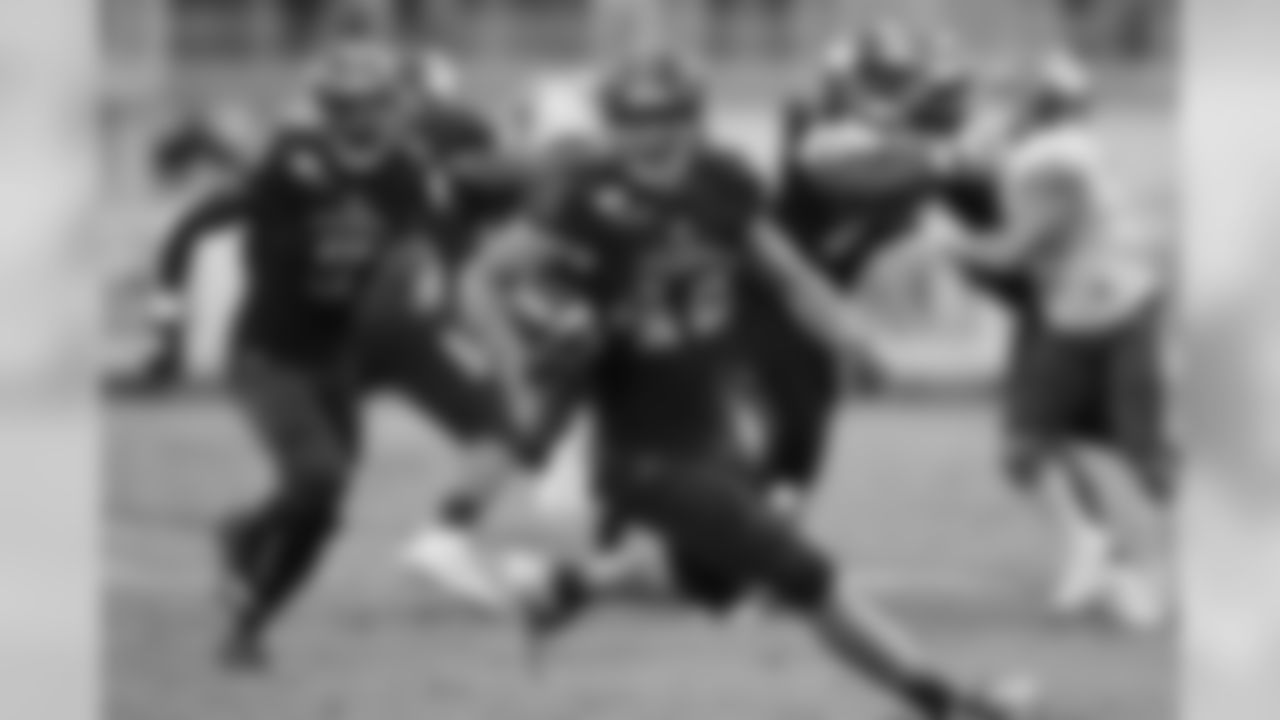
Tight end Harrison Bryant (88)

Center Nick Harris (53)

Wide receiver Donovan Peoples-Jones (11)

Punter Jamie Gillan (7)
The preparation started in early March, well before the NFL announced the draft would be completed solely through TV screens and laptops. The IT team knew the next big date on the NFL calendar was draft weekend, and they wanted to be a step ahead in case team personnel couldn't follow their usual draft protocols inside headquarters in Berea.
Once the announcement for the virtual draft was made, the IT staff was ready. They mailed equipment containing backup internet, additional computer monitors and office phones similar to the ones used in staff offices and to each coach and team executive in charge of draft day decisions.
That group, of course, contained Executive Vice President and General Manager Andrew Berry and Stefanski. Berry, 33, and Stefanski, 38, comprise one of the youngest GM-head coach duos in the league, and both were already well-versed in technology usage. Berry also has a computer science degree from Harvard.
When the IT team sent their equipment, they also delivered instruction pamphlets with how to set everything up. With Berry and Stefanski, the directions weren't always needed.
"That 100 percent helped," Covert said. "They're tech-savvy and got the gist of it. I give them a ton of credit for going through that in the weeks leading up the draft. They were honorary IT members."
Covert still had a backup plan arranged with Berry and Stefanski in the event of a worst-case scenario.
Berry was completing the draft in his temporary housing unit in Berea. He didn't need any IT members with him inside his draft room, but the team stationed two other staffers in a separate unit adjacent to Berry. If a problem arose, they could safely walk inside Berry's condo and address the issue.
Trexler Hull, one of the IT members stationed to help Berry, only needed to walk next door once. Before he could even step inside the condo, the problem was already fixed.
"AB didn't even realize there was a problem," said Hull. "There was nothing major, and everything worked as we hoped it would."
Stefanski had similar assistance, too. Even though he was in Minnesota, the Browns still hired two technicians local to Stefanski who sat in their car each day of the draft, waiting for a call that thankfully never came.
"It had to probably be one of the most boring jobs you've ever done for three days straight," Covert said with a laugh. "We were waiting to get a call that we were 99 percent sure we wouldn't need. Even under that scenario, they might not have even needed to go into the house, but it made me sleep better that they were there."
The IT team's work didn't end once the Browns made their last pick, either. NFL teams have completed its training through a virtual offseason program that has enabled coaches and players to communicate through video meetings, and players have sent their coaches videos of workouts and individual practices from home. For rookies, that meant learning their new playbook and offseason schedule through an iPad.
Tablets were sent to all Browns rookies immediately after the draft, and they've spent the last month submitting workout videos to coaches through the iCloud feature embedded in the tablets. Each Browns player already had an iPad ready for offseason work, too, and they've been completing a similar procedure to stay up to speed on their offseason work.
It's a brand new way of completing offseason training, but it's basic. So far, it's worked.
"It's not necessarily out of our scope, but it's just not the way we've done football for 15 years," said Jud Covert, the Browns systems and network engineer and brother of Brandon. "Everybody's been able to work with it, and there's been no issues at all. There's been a lot of different changes. Everything has gone fairly well for all the different things we've moved off site. I am surprised with how smooth everything went."
It all circles back to the countless hours of preparation from a staff that otherwise goes unnoticed in NFL organizations. An IT team is as behind-the-scenes as it gets in NFL headquarters, but ever since the league was forced to shift activities from their practice turf to their home offices, the team has been at the center of how efficiently football operations have tackled nearly every aspect of the offseason.
For Brandon, the undercover feel from an IT team means things are going smoothly. He's confident it'll stay that way until the players and coaches return to Cleveland.
"I didn't get into IT to be in front of the camera and in front of the limelight," he said. "I thought I was going to be the guy in the dark room in the corner, but I think it's nice to get the recognition for all the hard work day in and day out. I think we all recognize the importance of everyone's role, whether or not you're in the spotlight."






